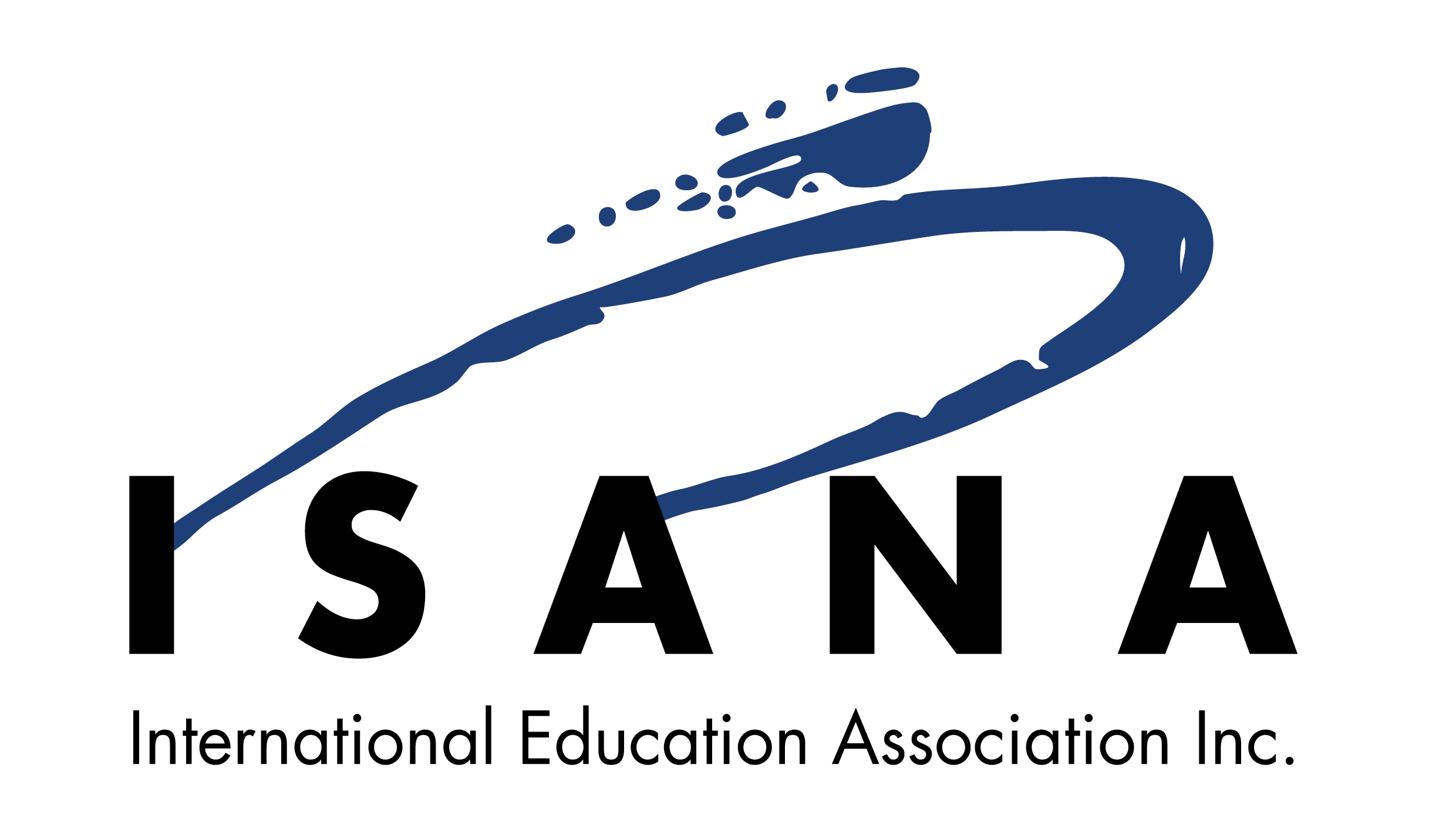Previous NCT – Good Practice Examples Required (Standards 1 – 6)
| Standard | Examples required | Source |
| 1 | Examples of how providers ensure there are no false or misleading statements. | |
| Examples of how providers monitor social media. | ||
| Refer to examples of associations/arrangements providers have with others when delivering courses. | ||
| Examples communicating work-based training. | ||
| Examples of communicating prerequisites. | ||
| Examples of other relevant information – relevant to the registered provider, its courses or outcomes associated with those courses. | ||
| Examples acceptable and non-compliant claims and statements relating to educational/migration outcomes. | ||
| Examples of written material that must include the CRICOS registered name and number. | ||
| Examples of actively recruiting in conflict with Standard 7. | ||
| 2 | Examples of promotional material (print and online) where the information provided is comprehensive, in plain English and easily accessible. | |
| Examples of a documented policy and process for assessing eligibility for entry into the course. | ||
| Examples of a documented policy and process for assessing and recording RPL and granting of course credit. | ||
| Examples of written records notifying the student the granting of course credit and the student’s acceptance of the credit. Examples of both pre and post enrolment. | ||
| Examples of when it is necessary to change the duration of the CoE and when it is not necessary. | ||
| 3 | Examples of different formats for written agreements | |
| Examples of verifying authenticity of offer acceptances. | ||
| 4 | Screen shot of agent information in PRISMS | |
| Examples of education agent agreements | ||
| Examples of how education agent activities are monitored. | ||
| Examples of how education agents have access to up-to-date information. | ||
| Refer to examples of real or perceived conflict of interest. | ||
| Examples of promoting awareness of the AIETCE to education agents. | ||
| 5 | Examples of age and culturally appropriate information. | |
| Examples of who to contact in emergency situations. | ||
| Examples of accommodation, support and general welfare arrangements. | ||
| Reference to any additional regulatory requirements. For example, VRQA. | ||
| Examples of documented processes for verifying accommodation. | ||
| Examples of where critical incident policy and processes refer to a process for managing emergency situations and disruption of welfare arrangements. | ||
| Examples of documented policies and processes for selecting, screening and monitoring third parties. | ||
| 6 | Refer to examples of orientation programs – online and face-to-face. | |
| Refer to examples of referrals to services and programs at no additional cost to the student. | ||
| Refer to examples of reasonable support to students studying face-to-face or online/distance units that are offered at no additional cost. | ||
| Refer to examples of learning support for off campus students. | ||
| Refer to examples of documented processes for supporting and maintaining contact with students undertaking online or distance units. | ||
| Refer to examples of official point of contact for students. | ||
| Refer to examples of a provider demonstrating they have sufficient support staff. | ||
| Refer to examples of ESOS training. | ||
| Refer to examples of monitoring staff training. | ||
| Refer to examples of critical incident policy and procedures. | ||
| Refer to examples of critical incident guidance. | ||
| Refer to examples of on campus safety initiatives. | ||
| Refer to examples of incident reporting. | ||
| Refer to sources of general safety information and awareness. |
